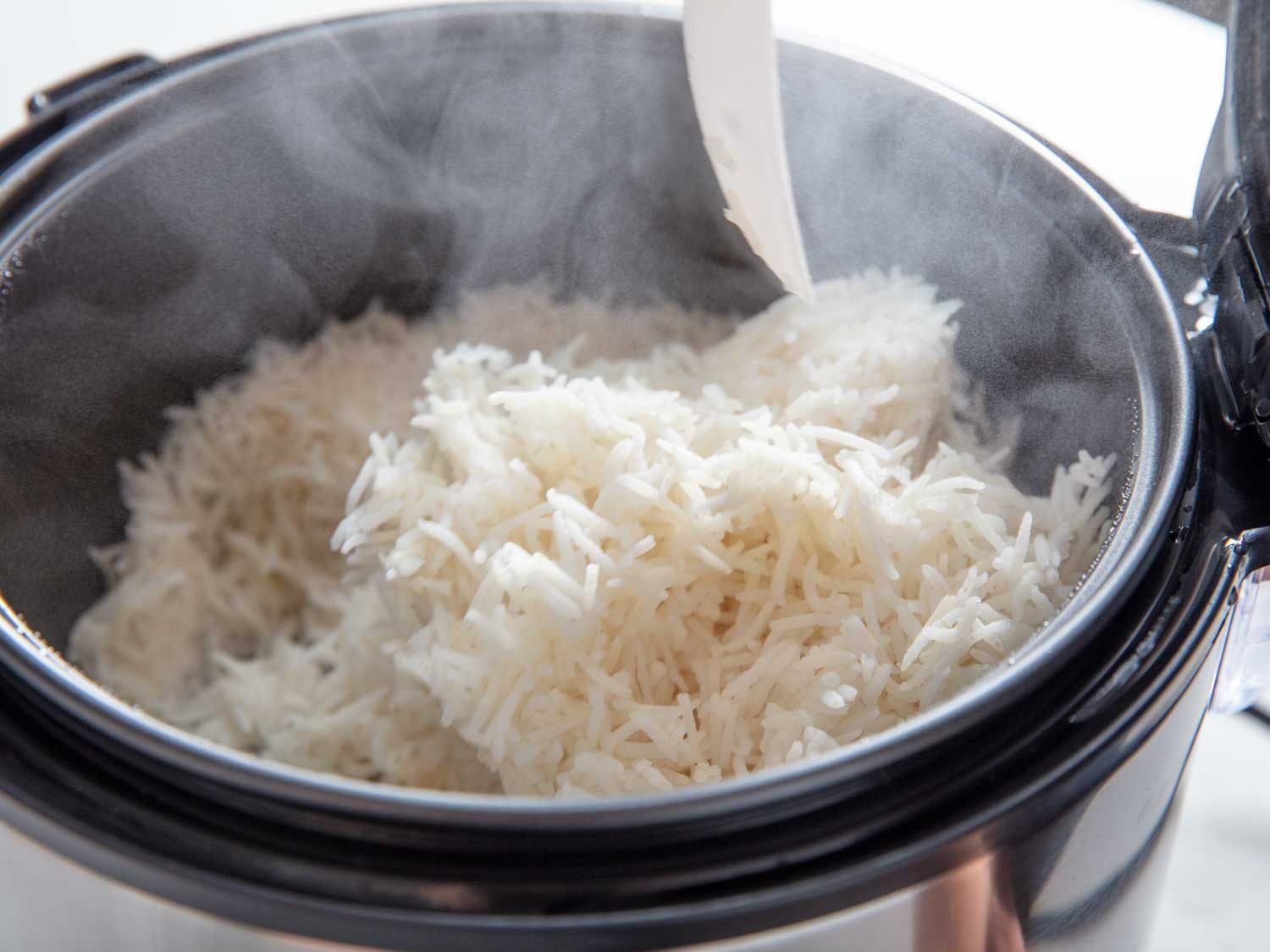The Ultimate Guide on How to Cook Soup in a Rice Cooker
Written By James Morgan
Welcome to your go-to guide on how to cook soup in a rice cooker! In this comprehensive article, we'll explore the ins and outs of taking your rice cooker beyond just making rice. You'll be amazed at how versatile this humble kitchen appliance can be when it comes to preparing a hearty, satisfying bowl of soup.

Why Use a Rice Cooker for Soup?
When you think of the capabilities of a rice cooker, preparing soup might not be the first thing that comes to mind. However, cooking soup in a rice cooker can be a game-changer for several reasons. First, rice cookers are incredibly convenient. They simplify the cooking process down to the press of a button, making it accessible for everyone, including beginners and busy individuals. Second, rice cookers are designed to cook food evenly. Unlike stove cooking, where you constantly have to check whether the heat is too high or too low, a rice cooker maintains a consistent temperature, ensuring that your soup cooks perfectly every time.
What You'll Need
Having the right tools can make all the difference. Lets break down the essential equipment for cooking soup in a rice cooker.

Ingredients for a Basic Vegetable Soup
To prepare a delicious soup, you'll need fresh ingredients. One of the classic recipes to try is a simple vegetable soup. Its nutritious, easy to prepare, and perfect for chilly evenings.
- 1 cup diced carrots
- 1 cup chopped celery
- 1 cup diced potatoes
- 1 cup diced tomatoes
- 1 cup chopped onions
- 2 cloves garlic, minced
- 4 cups vegetable broth
- Salt and pepper to taste
- 1 tablespoon olive oil
Getting these ingredients prepped and ready is the first step to your delectable, homemade soup.

Step-by-Step Instructions
Prep Veggies
Start by washing all your vegetables thoroughly. Using a clean knife set and cutting board, dice the carrots, celery, potatoes, tomatoes, and onions. Mince the garlic cloves.
Saut Onions
Turn on your rice cooker and add the olive oil. Allow it to heat up slightly before adding the chopped onions and minced garlic. Saut until they become translucent and fragrant, which usually takes about 5 minutes.
Add Ingredients
After the onions and garlic are ready, add the rest of the chopped vegetables and stir for about 2-3 minutes. This helps to release some of their natural flavors. Next, pour in the vegetable broth, making sure all the vegetables are submerged. Season with salt and pepper according to your taste.
Step 4: Cook the Soup
Close the lid of the rice cooker and set it to the 'Cook' setting. Depending on your rice cooker model, this might take about 30-45 minutes. The rice cooker will automatically switch to 'Warm' when the soup is done, keeping it at a perfect temperature until you're ready to serve it.

Modifications and Variations
Add Some Protein
If you're a fan of hearty soups, consider adding some protein. You can use shredded chicken, sliced sausages, or even tofu for a vegetarian option. Simply add these ingredients during the sauting step to ensure they get cooked through.
Spice It Up
For those who enjoy a bit of heat, add some chili flakes or a dash of hot sauce while cooking. You can also experiment with different seasonings like thyme, rosemary, or bay leaves to create a complex, robust flavor profile.
Creamy Soups
If you prefer creamy soups, you can blend the cooked soup using an immersion blender until it reaches your desired consistency. Adding a splash of cream or coconut milk can also give it a rich, velvety texture.
Common Questions and Troubleshooting
Can I Use a Rice Cooker for Any Type of Soup?
Absolutely! Whether it's broth-based, creamy, or chunky, your rice cooker can handle it. The key is to adjust the cooking time based on the ingredients you're using.
What If My Rice Cooker Doesn't Have a 'Cook' Setting?
If your rice cooker only has a basic on/off function, don't worry. Simply turn it on and monitor occasionally. The cooker will maintain a consistent boiling temperature.
Soup Turned Out Too Watery?
If your soup is too watery, you can remove the lid and let it simmer longer to reduce the liquid. Alternatively, adding a slurry of cornstarch and water can help thicken it up.
Cleaning and Maintenance
Maintaining your rice cooker and other utensils is essential for longevity and hygiene. Clean your cutting board regularly, and don't forget to oil it with cutting board oil to prevent cracking. Use a good cookware cleaner for your knives and rice cooker to keep them in top condition.
As an Amazon Associate, I earn from qualifying purchases.
Conclusion
We've taken you through the magical journey of how to cook soup in a rice cooker. From preparation to actual cooking and even adding variations, you now have all the tools and knowledge you need to get started. Remember, the key to a great soup is quality ingredients and a bit of patience, and your trusty rice cooker does the rest. Happy cooking!



